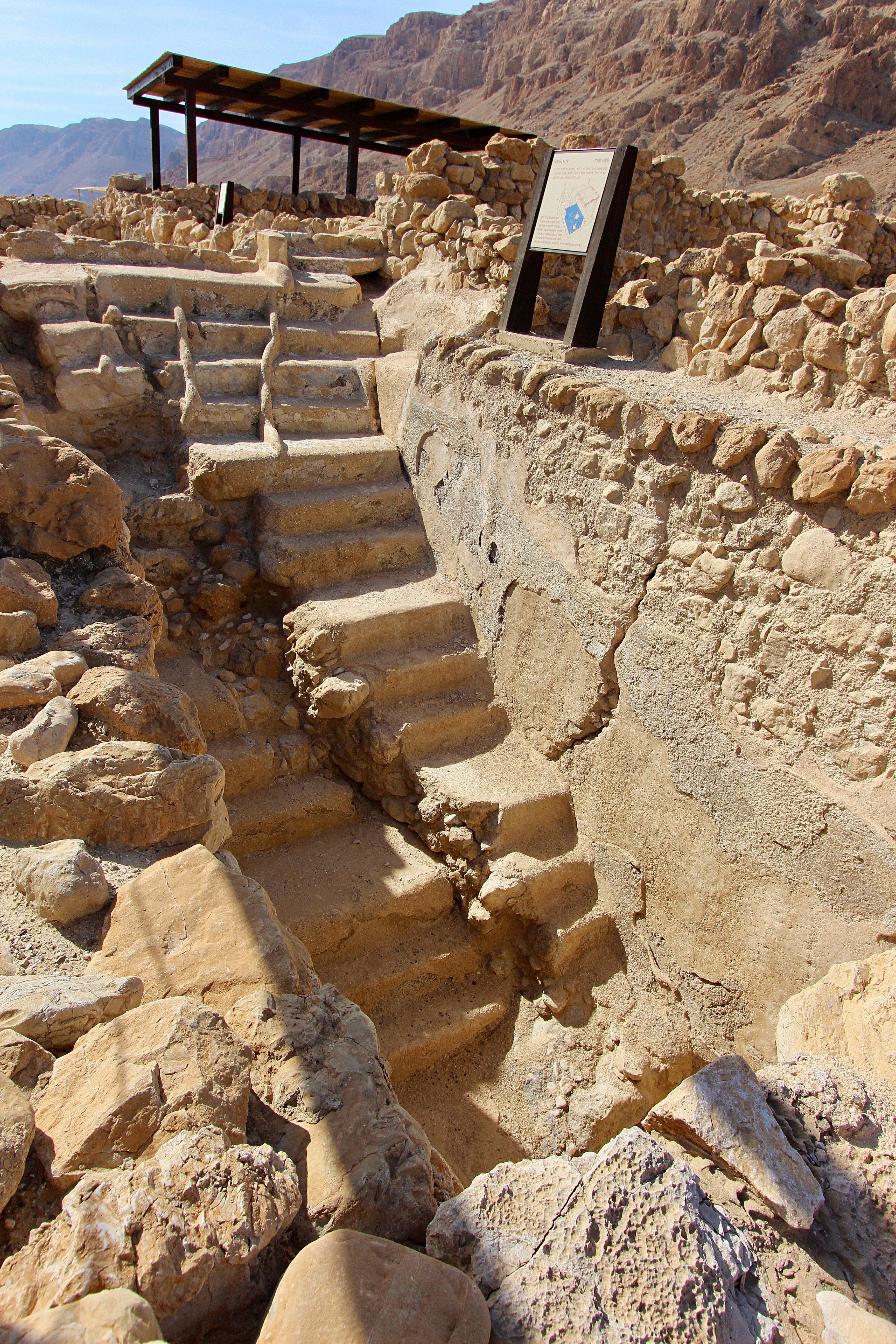
Qumran was a small settlement during New Testament times by a fringe Jewish religious group called Essene. The settlement was located in the Judean wilderness desert near the northwest shores of the Dead Sea. The Essenes removed themselves from mainline Judaism because of the corruption of the temple priests at Jerusalem. They lived a communal life observing a strict interpretation of Biblical laws. They referred to themselves as the “sons of light” (War Scroll 1QM).
Jesus Christ possibly was referring to the Essene “sons of light” in Luke 16:8 when he said, “the children of this world are in their generation wiser than the children of light” (emphasis added). In this reference the “children (or sons) of light” were being criticized for separating themselves from the world.
One of the features of Qumran is the presence of several ritual cleansing baths, called mikveh, as in the picture above. Notice there are separation markers on the stairs. Participants were to descend on one side, immerse themselves in the water, then return up in a different section of the stairs avoiding touching those who were descending as they were not yet ritually cleansed. Some scholars have associated the mikveh with baptism. While the concept of cleansing is similar, it is not the same as being cleansed from sin and being reborn. Many of the same scholars also erroneously assert that John the Baptist was a former Essene due to his emphasis of baptism. There is no evidence for this and the gospel preached by John was widely different than the doctrine of the Essenes. The closest similarity to the Essene community of Qumran is that John the Baptist was baptizing about 11 miles (18 kilometers) north-northeast.
In Qumran the community ate together at communal meals. Every person had an assigned job, some cooked, others farmed, sill others copied Biblical scrolls onto new scrolls, etc.
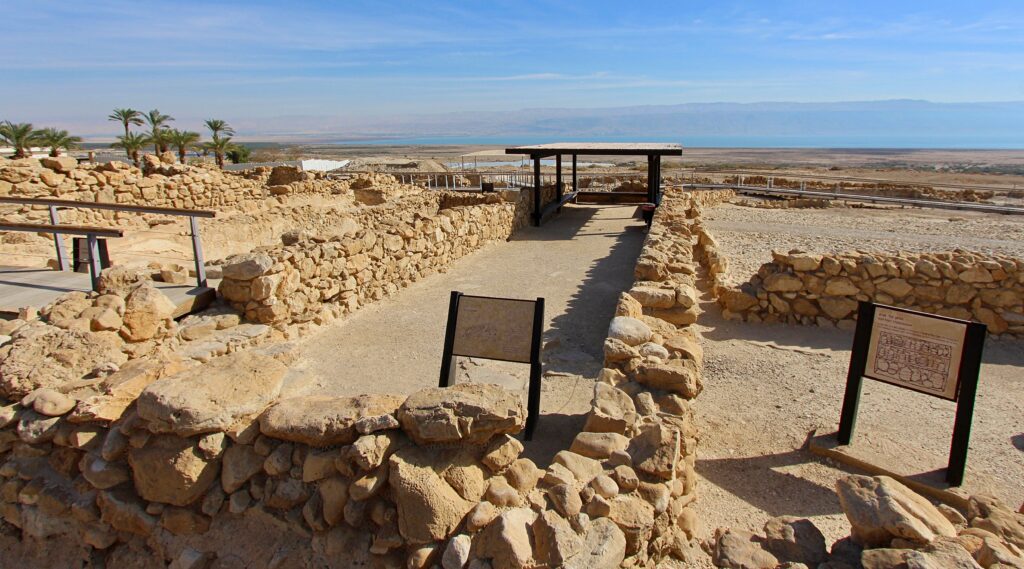
Due to the emphasis on reverencing and retaining the Biblical scrolls, when the Roman army was approaching during the First Jewish Revolt in 66 AD, the Essenes deposited their scrolls and records in the caves of the cliff face above their settlement. There they remained for 2,000 years until discovered in 1947.
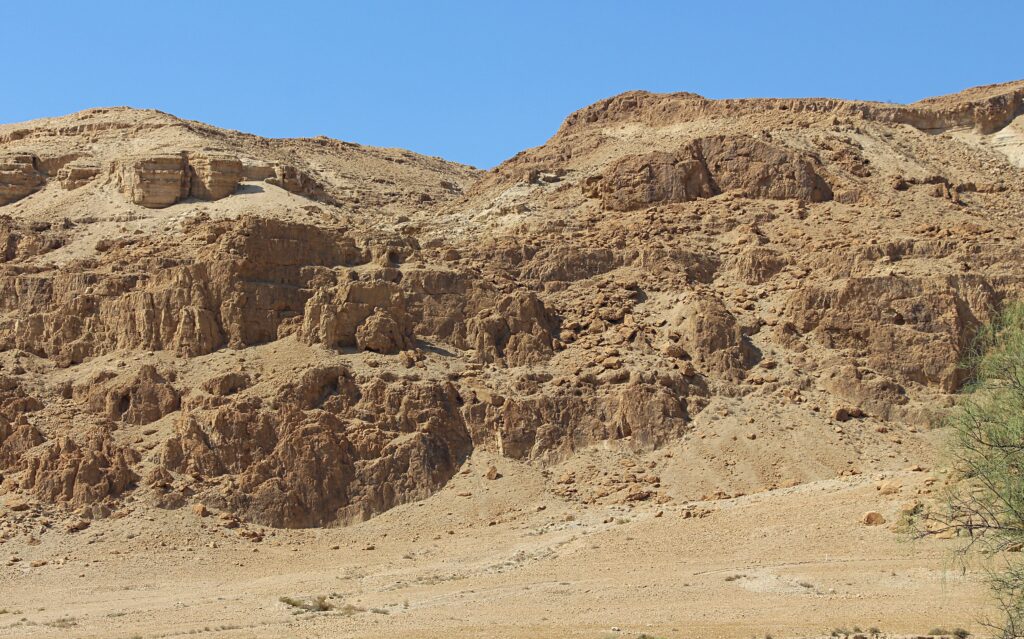
It is interesting that fragments of the Dead Sea Scrolls contain every book of the Old Testament except the book of Esther. Deuteronomy, Isaiah, and Psalms are the most numerous texts found. Additional texts on regulations, discipline, and the war scroll have also been found. Most text were written on parchment or papyrus, but copper and lead scrolls were also found.

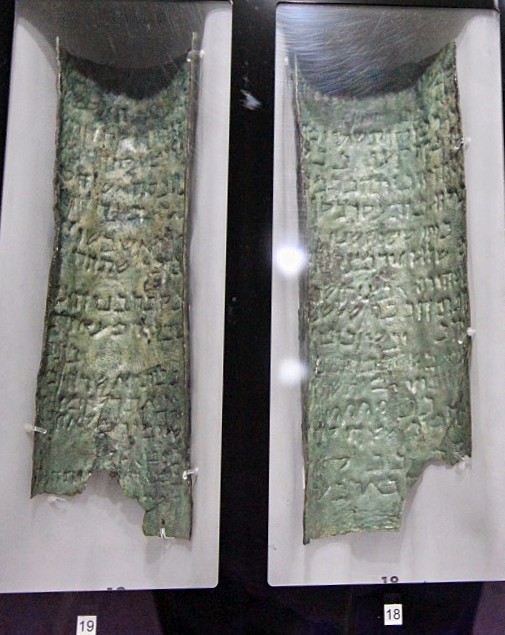
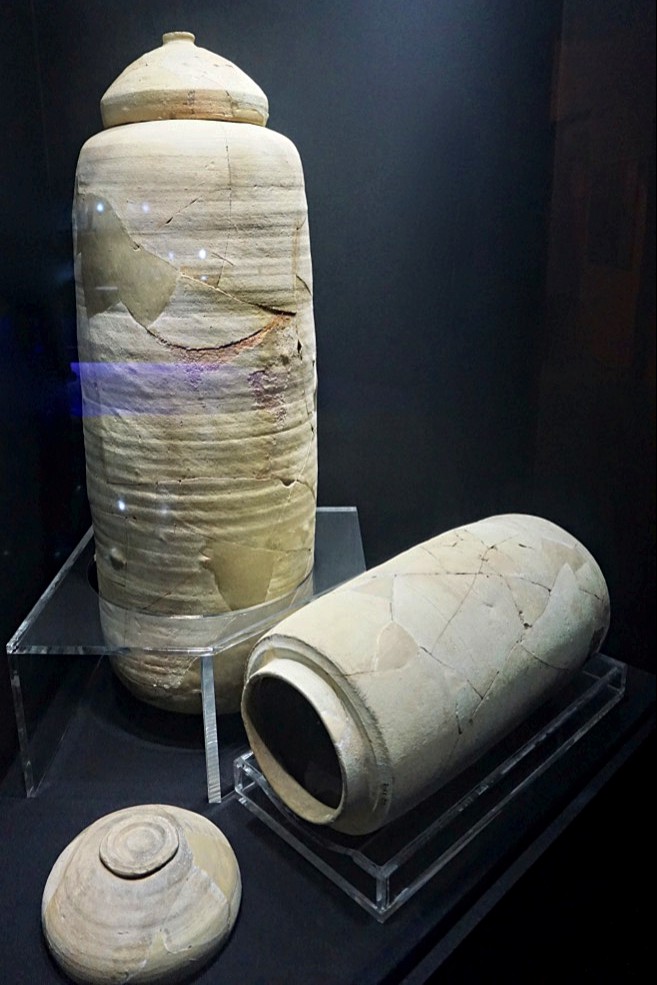
Community members were buried in a large cemetery on the east side of Qumran. The graves were dug in the shaft method with generally one person per grave, just like modern graves. Some bodies were placed in coffins, others wrapped in a shroud. Few if any objects were buried with the body. About 1,100 to 1,200 grave sites compose the Qumran cemetery. Men and women were buried in separate sections of the cemetery and not in family groups.
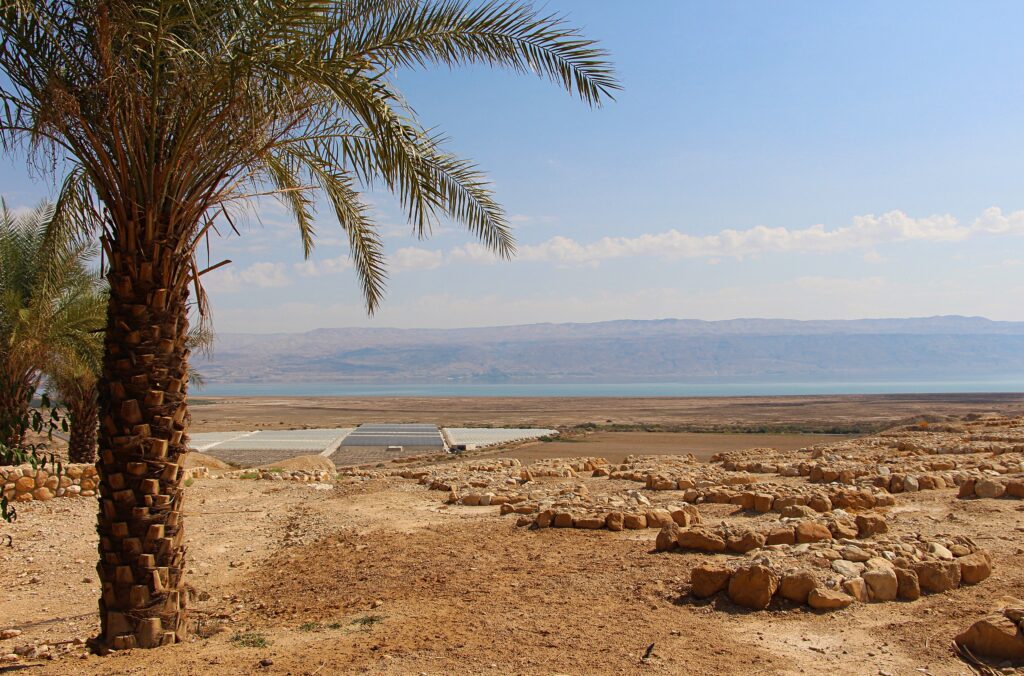
< Previous post on Woman Healed from an Issue of Blood, Luke 8
Return to the Home Page
Next post on The Decapolis City of Sussita (Hippos) Overlooking the Sea of Galilee >